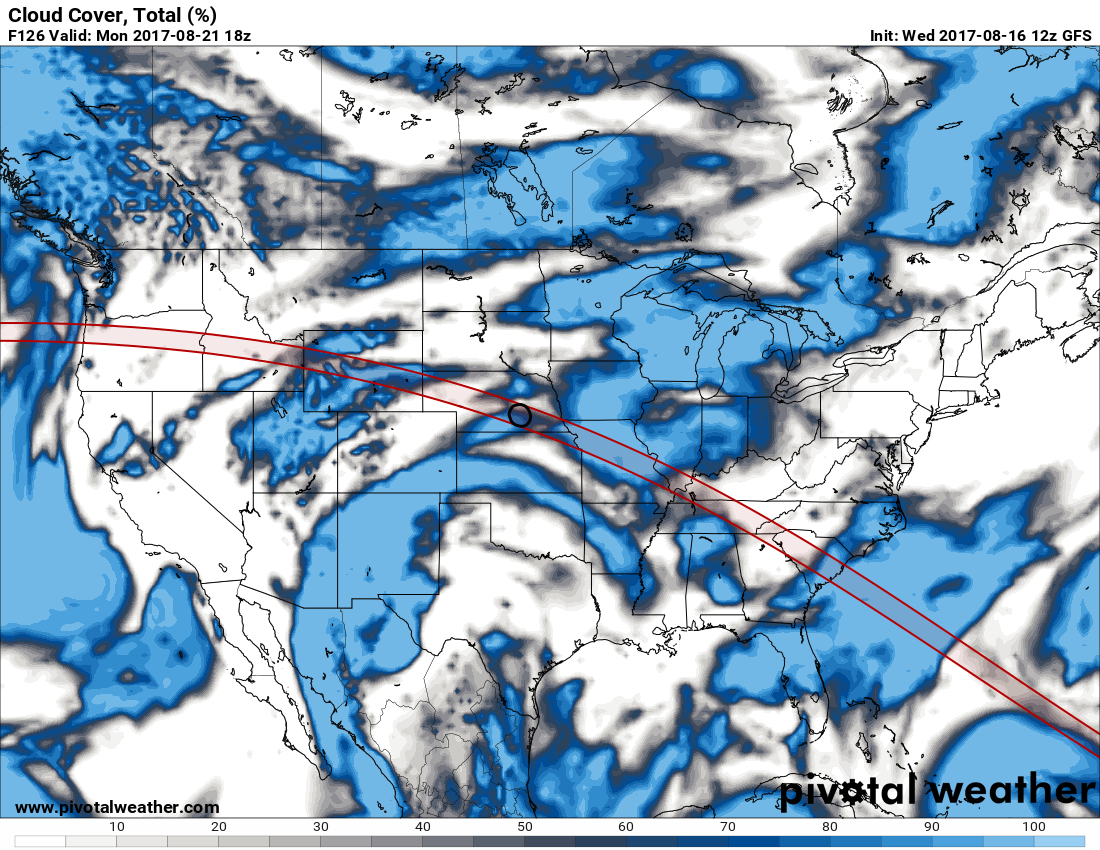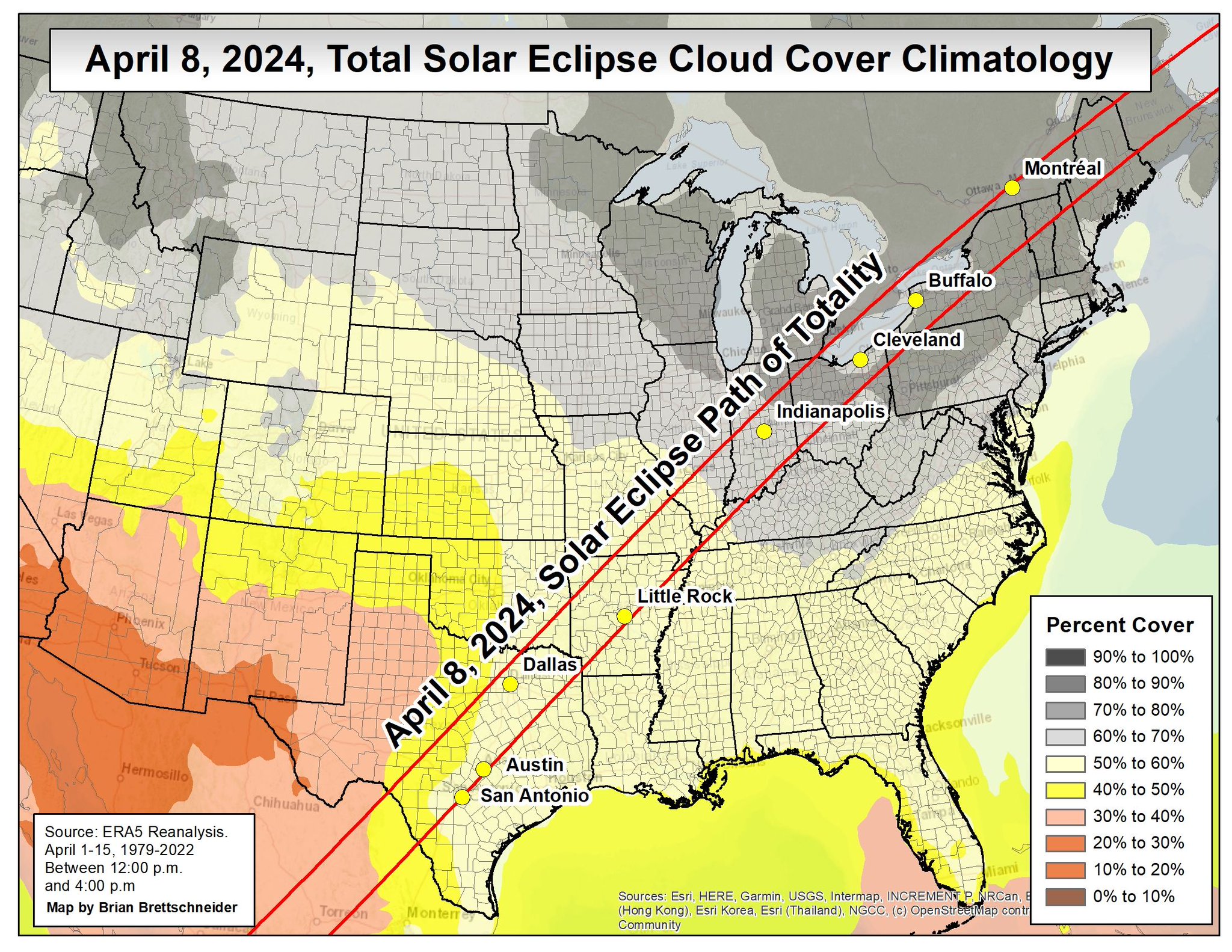
Cloud cover forecasts play a crucial role in various sectors, from agriculture and aviation to photography and astronomy. Understanding how these forecasts work can help individuals and businesses make informed decisions. This article delves into the intricacies of cloud cover forecasting, offering insights into its importance, methods, and applications.
Key Takeaways
- Cloud cover forecasts predict the amount and type of cloud coverage in a particular area at a given time.
- Various methods, including satellite imagery and weather models, are used to forecast cloud cover.
- Accurate cloud cover predictions are essential for industries such as aviation, agriculture, and renewable energy.
- Understanding cloud cover forecasts can enhance activities like stargazing and outdoor photography.
The Importance of Cloud Cover Forecast
The cloud cover forecast is pivotal for multiple reasons. For instance, in aviation, pilots rely on accurate cloud forecasts to ensure safe takeoffs and landings. Similarly, farmers use these forecasts to plan irrigation and harvesting, optimizing crop yield and reducing waste.
Moreover, cloud cover forecasts are indispensable for renewable energy sectors, particularly solar power. Clouds can significantly affect solar energy output, making precise forecasts essential for efficient energy management.
Applications in Everyday Life
Beyond professional sectors, cloud cover forecasts are beneficial in everyday life. Photographers, for example, often plan shoots based on cloud conditions to capture the perfect lighting. Stargazers rely on clear skies to observe celestial events, making cloud cover predictions a vital tool for planning their activities.
How Cloud Cover Forecasts Are Made
Cloud cover forecasts are generated using a combination of satellite imagery, weather models, and ground observations. These methods work together to provide a comprehensive picture of cloud patterns and movements.
Satellite Imagery

Satellites orbiting the Earth capture real-time images of cloud formations. These images are analyzed to determine cloud types, thickness, and coverage. The data collected is then used to predict future cloud movements and coverage.
Weather Models
Weather models are complex algorithms that simulate atmospheric conditions. They take into account various factors, such as temperature, humidity, and wind patterns, to predict cloud cover. These models are continually updated with new data, enhancing their accuracy.

Ground Observations
Ground-based weather stations provide additional data on cloud cover. Observations from these stations help verify satellite data and refine weather models, ensuring more accurate forecasts.
Challenges in Cloud Cover Forecasting
Despite technological advancements, cloud cover forecasting faces several challenges. The dynamic nature of the atmosphere makes it difficult to predict cloud patterns accurately. Rapid changes in weather conditions can lead to discrepancies between forecasts and actual cloud cover.
Additionally, the resolution of satellite imagery can affect the accuracy of forecasts. While high-resolution images provide detailed information, they are more resource-intensive to process and analyze.
Improving Forecast Accuracy
Ongoing research and technological advancements aim to improve cloud cover forecast accuracy. Enhanced satellite technologies, machine learning algorithms, and increased computational power are all contributing to more reliable predictions.

The Future of Cloud Cover Forecasting
The future of cloud cover forecasting looks promising, with continuous improvements in technology and methodology. As machine learning and artificial intelligence become more integrated into weather forecasting, the accuracy and reliability of cloud cover predictions are expected to increase.
Moreover, the development of new satellite technologies will provide even more detailed data, further enhancing forecast precision. These advancements will benefit various sectors, from agriculture and aviation to renewable energy and beyond.
Impact on Renewable Energy
As the world shifts towards renewable energy sources, accurate cloud cover forecasts will become increasingly important. Solar and wind energy production can be significantly impacted by cloud cover, making precise predictions essential for efficient energy management and distribution.
Cloud cover forecasts are a vital component of modern weather prediction, impacting various industries and everyday activities. Understanding how these forecasts are made and the challenges involved can help individuals and businesses make informed decisions. With ongoing advancements in technology, the accuracy and reliability of cloud cover forecasts are set to improve, offering even greater benefits in the future.